There are many types of scams out there. Here are just a few, including information on how to recover what you lost. Make sure you know your consumer rights.
Debit Card Fraud
There are multiple varieties of debit card fraud, and you might not even be aware that you have been hit by a scam until you go through your bank statement. This section will look at the nature of debit card fraud and how you can recover your money and protect yourself in the future.
When your debit card details are taken by someone and used in transactions without your knowledge or approval, it is known as debit card fraud. Your bank should deactivate your card when you report any fraudulent transaction made on it to prevent any further transactions and loss of funds.
It is very important to ensure that all the transactions on your account are legitimate by regularly keeping tabs on all your transactions by carefully going through your debit card statements. This will enable you to immediately spot any unusual activity on your card.
Methods of Fraud
There are many different methods used by scammers to obtain your debit card details:
- Scammers can easily attach skimming devices to ATMs, gasoline pumps, or anywhere you are likely to swipe your card. This will allow them to steal your details from the card’s magnetic strip.
- Fraudsters can also access your information by hacking into the systems of places you have carried out any transactions at any point in time and steal your information. Your information can also be easily accessed from online retailer sites that lack any secure connections.
- It is also possible for someone to steal your physical debit card while you are unaware and utilize it for transactions.
- Phishing is a common trick where scammers will trick you by sending you emails that will seem completely legitimate from sources that you trust, such as government agencies, or even your bank. Since you believe the email and its source to be legitimate, you will provide whatever details are requested in the mail.
- Debit cards have also been stolen by scammers right out of people’s mailboxes before the owners were able to realize it’s there. They will then be able to easily use it by referring to the PINresolvefor resolve given to you by your bank in the mail.
Steps to take if you suspect debit card fraud
If you notice that your debit card is missing and has likely been stolen, report it to your bank immediately so that can halt all transactions taking place on your account and issue a new card.
The Electronic Funds Transfer Act (EFTA) states that cardholders will face higher liabilities the longer they wait to report the loss. For example, if the loss or theft is reported within the first two days, the cardholder is liable to be charged up to $50. If the loss is reported after up to 60 days, then the liability will increase to $500. Once the 60 days have been exceeded the bank is no longer obligated to refund any amount lost due to fraudulent activity. This means that you will be liable for the full amount.
Steps to Avail a refund
Although filing a debit card fraud claim does not ensure a refund, it could be the best option for cardholders when all others have failed. Let’s look at the steps to facilitate a smooth refund process:
- Get in touch with the concerned website or business. Contacting the website or proprietor is the easiest and best way to deal with fraud. It would be much less of a hassle if you can get the cooperation of the proprietor. You can ensure this by informing them you are filing a claim with your bank.
- Get all your records together. If the website or proprietor is seeming dodgy or unwilling to cooperate and you are certain that you have been the target of fraud, collect all documentation of the transaction between you and the proprietor including receipts and emails.
- Provide evidence of faulty or spurious products. If you have purchased items that you suspect to be fake, online or otherwise, you may be required to prove the same. Search for a list of approved dealers on the official website of the product. If the merchant you purchased from is not on the list, you may show the same to your bank. Be sure to take a photo in case of damaged goods.
- Put in a claim with your card provider. The bank or institution that issued your card should have a number for customer service. Make sure to do this immediately after ascertaining that there are no other options to get back your money.
Unauthorized Bank Transfers
Payments made through electronic bank account transfers are known as Authorized Push Payments. Frauds involving these sorts of payments are known as Authorized Push Payment Fraud. Unauthorized bank transfers are a common scam faced by many people across the world. In this section, we shall look at the various ways in which it can happen, and what steps to take should you encounter any such issue.
Unauthorized bank transfers can include electronic transfers such as ATM transactions, online bill payments, and payments that have been set up to take place automatically from your account.
Scammers who perpetrate this kind of fraud will often use socially engineered attacks that involve impersonation. For example, you may get a call from someone claiming to be a representative of your bank’s fraud team. He or she will tell you that you need to transfer your funds to a safer account, which in reality is controlled by the fraudster.
Methods of Fraud
Fraudsters will often employ fairly elaborate steps to scam their targets in this sort of scam:
- They will often spoof the official phone number of your bank. Spoofing involves the use of certain electronic devices which will enable a scammer to change his number to any other on your caller ID.
- He/she will tell you that he/she is part of your bank’s fraud team. The scammer will then go on to hit you with a barrage of questions to prove your identity. They may even send you texts with fictitious confirmation IDs which you will have to share with them over the phone to prove your identity.
- Later on, sometime after the call is concluded you will find out that those codes were used to embezzle your account.
Steps to Take if You Suspect Unauthorized Bank Transfer
Should you come across any unauthorized payment made from your account and you have not lost your debit card or credit card notify your credit union or bank immediately. You will need to inform your bank within 60 days after receiving your bank or credit card statement which reflects the unauthorized transfer. Should you fail to do so you may be required to pay the full amount from the 60 days till the time you reported it.
Steps to Avail a Refund
Upon notifying your bank, it usually takes about 10 working days to investigate the matter. If your account has been active for a period of fewer than 30 days, it would take 20 working days. The bank is required to take corrective action within one working day after confirmation that has error has taken place.
In case the bank is unable to complete its investigation within 10 or 20 business days, it is required to issue a temporary credit to your account. They must credit the lost amount minus $50 maximum, while the investigation continues.
However, there are circumstances under which your bank is not required to issue this temporary credit. For instance, if you have reported the matter over the phone, you will have to submit a report in writing. If you take longer than 10 working days for this, the bank does not need to issue you with the temporary credit amount.
The bank is then required to sort out the matter within 45 days. This is unless the transactions in question took place in a different country, were point-of-sale purchases made by debit card, or took place within 30 days of opening the account. In such cases, you might have to wait as long as 90 days for a resolution on the matter.
Credit Card Fraud
Between 2109 to 2020, there were more than 400,000 cases of credit card fraud, according to reports made to the Federal Trade Commission (FTC). It is important to detect such scams early and take swift action to minimize the damage done.
Methods of Fraud
Credit card fraud involves using another person’s credit card details and account to make fraudulent purchases. Scammers do this by stealing credit cards, or credit account numbers, or PINs. They can also open new credit accounts in your name without your knowledge.
Scammers will then run up exorbitant charges and stick you with the bill.
Fraudsters can obtain your credit card details from your credit card company and use your personal information which they would have obtained earlier. They will then proceed to change your passwords, access PINs, and mailing address. Now they will have full control over your account while you are locked out.
Electronic gadgets known as skimmers which are used at retail cashier terminals and gas stations allow fraudsters to obtain your while you swipe. They will then use these details to make “cloned” cards for their use.
There are also instances where the use of credit card details without the actual physical credit card is sufficient. This is mostly the case with online purchases.
Steps to Take if You Suspect Credit Card Fraud
If you feel you might have been targeted for credit card fraud, you can approach consumer credit card reporting companies and have a fraud alert placed on your credit report. When such an action is taken, all potential lenders are required to ensure proper identity verification before they issue any new accounts. Making the report with one credit bureau is sufficient to put a fraud alert in place on all your credit reports. The fraud alert may be canceled at any time.
You can also report the fraud to law enforcement. Visit the FTC’s website- IdentityTheft.gov to initiate this process. Any report of theft or fraud you file here can be used by law enforcement departments and agencies to investigate the matter.
Steps to Avail a Refund
You may ask your credit card provider for a chargeback. You will be issued with a reason code while your case is under review. This code gives the reason why the transaction is in dispute. If the claim is valid, then the money is removed from the merchant’s account and transferred to the cardholder’s account.
Paypal Scam
Paypal is a very popular method of transferring money online. With over 300 million users across the world, the company needs no introduction. However, its popularity has a serious downside.
Like many other mediums for financial transactions, Paypal transfers are extremely vulnerable to scams and fraudsters. As such, it is very important to know what can be done by customers and Paypal to resolve such issues.
Methods of Fraud
Shipping Address Fraud- A scammer will ask you to ship items to a particular address and money is wired to your account. However, the delivery address given to you is invalid and the delivery company will be unable to find it. Following multiple attempts, the item was flagged as undeliverable in their records. The scammer will then contact the delivery company with the actual address to ship to. After receiving the item, he will file a complaint with Paypal that the item was not delivered. Paypal will reimburse them and you will be required to pay an amount to the scammer’s account for the overpayment.
- Fake Prize Scam – You receive messages which request a small fee to be eligible to collect an enormous cash prize. In reality, you will receive nothing for the amount you send.
- Zero Risk Investments – Fraudsters send you messages exhorting you to act immediately to get a great deal.
- Charity Scams – Unscrupulous elements may use disasters as a pretext to solicit donations from well-meaning people. They often do this during times of disasters such as natural disasters, terrorist attacks, or refugee crises.
Steps to Take if You Suspect a Paypal Scam
Be sure not to wire money to someone you don’t know. Genuine customers will not overpay. Legitimate prizes don’t require payment to receive. If an investment that supposedly offers zero risks seems too good to be true, it most probably is.
In the case of anyone claiming to be representing a charitable organization, you can always verify the credentials of the group online. Several websites contain lists of known and reputed charitable organizations. If the charity that contacted you is not listed on any of these and does not have its website, then avoid any further interaction with them.
Steps to Avail a Refund
If you suspect you may have been a victim of fraud via PayPal, you can ask for a refund and inform your credit card company about the transaction and ask them to cancel it. In banking terms, this is known as a chargeback. The funds will then be frozen by PayPal in the seller account. Reasons for a chargeback include:
- The product is not received by the buyer.
- The product is damaged or defective.
- The payment is not recognized by the buyer. He does not remember making it.
- The buyer gets multiple charges for the same transaction.
- The payment is not authorized by the buyer.
In PayPal chargebacks, sellers incur a chargeback fee. However, this fee can be waived if the seller has availed of the Seller Protection Policy. Chargebacks can be better managed using the Breakthrough app. Here’s a quick run-through of the chargeback process:
- As a buyer, you can request a chargeback from your credit card company. You will need to provide evidence of a faulty or fraudulent transaction. This can be done over the telephone or by email.
- Funds are withdrawn from PayPal’s merchant bank after the credit card company informs them of the transaction.
- The chargeback finds are then put on hold and deemed untouchable by PayPal.
- PayPal will notify both the buyer and seller via email and request any information that can help resolve the matter.
Scammed out of Cash
Unfortunately, the chances of getting your money back from scams involving cash payments are slim. You could file a report with your local police department or tradings standard and see if any action may be taken by them.
Wire Transfer Fraud
Every year consumers in the US lose money going into the millions to scammers who utilize wire transfers to cheat unsuspecting people out of their money. Businesses like Western Union and Moneygram provide people with a fast and convenient way to send money to relatives friends and others.
Con artists utilize these facilities to trick people into sending out money to strangers who may often be in a different country. They use many different methods to hook their targets initially. But in all instances after the initial hook, victims are persuaded to transfer out money, which is lost permanently. That all being said, watch out for robocalls and learn how to stop them before they dupe you.
Methods of Fraud
Targeted persons will be requested to transfer money. They might be sent a check along with a payment request. Scammers will often gain their victim’s trust by sending them a fraudulent check with an amount that is greater than the purchase cost which they might often claim is to cover so-called shipping charges, processing fees, or other expenses. They will tell the victim that the check needs to be cashed and then instruct them to wire out some of the money.
Steps to Take if You Suspect Wire Transfer Fraud
Gather all information you might have about the transaction, and get in touch with the Internet Crime Complaint Center of the FBI. Make sure to include all possible information like email content or any links shared with you. Once the report is filed, you will be given an IC3 complaint number. Be sure to record this number for future steps. Drop-in at the local FBI field office in your hometown, furnish the concerned cybercrime agent with your IC3 complaint number.
After this, file a report with your local police department. Provide them with the same details and information you had given to the FBI and any other concerned authorities. You will be issued with a police report number or incident number. You will need to save this. Additionally, do obtain the contact information of the officers investigating your case, so you can follow up with them.
Steps to Avail a Refund
If you have sent a wire transfer through the US postal service, you will need to submit the documents about the transfer. After having reviewed them, they will decide about issuing a refund. Wire transfer services like MoneyGram may not give you a refund. However, they are required by law to look into your complaint.

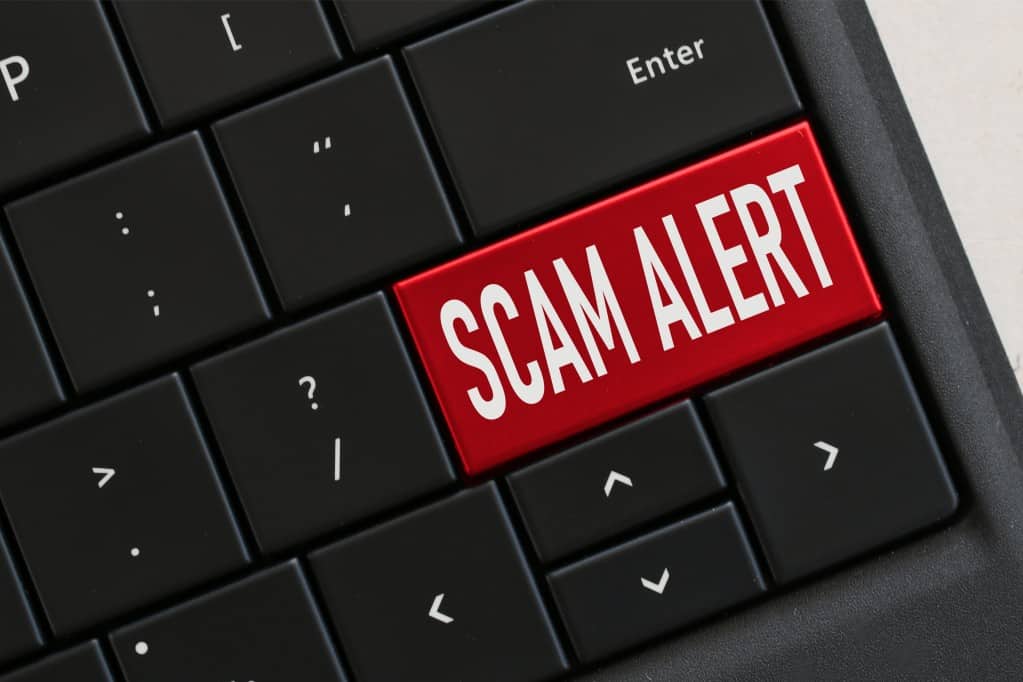









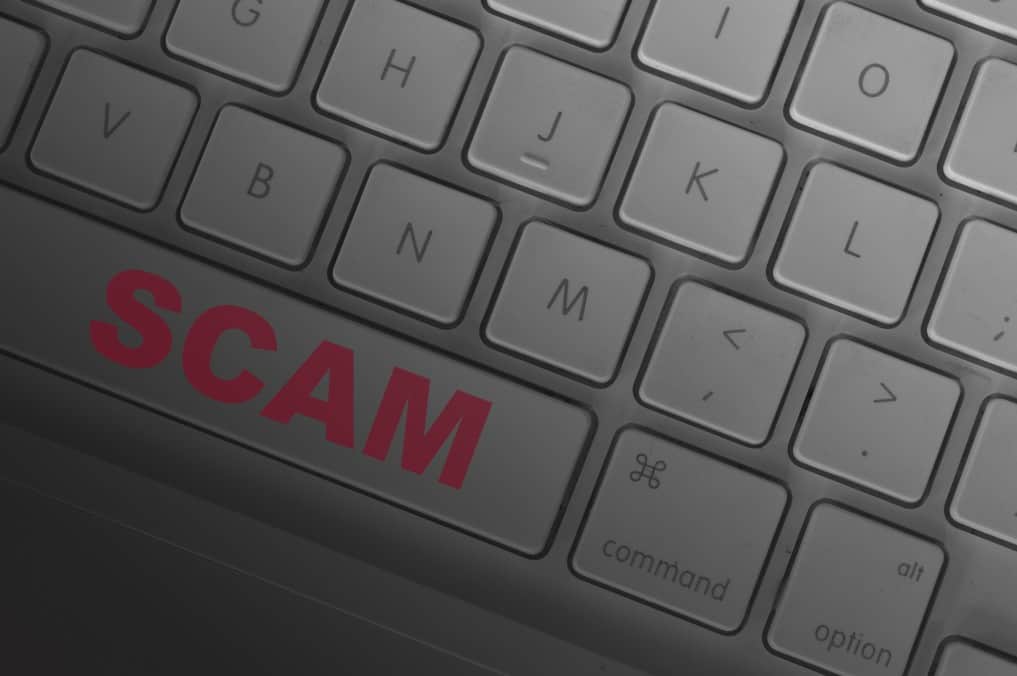

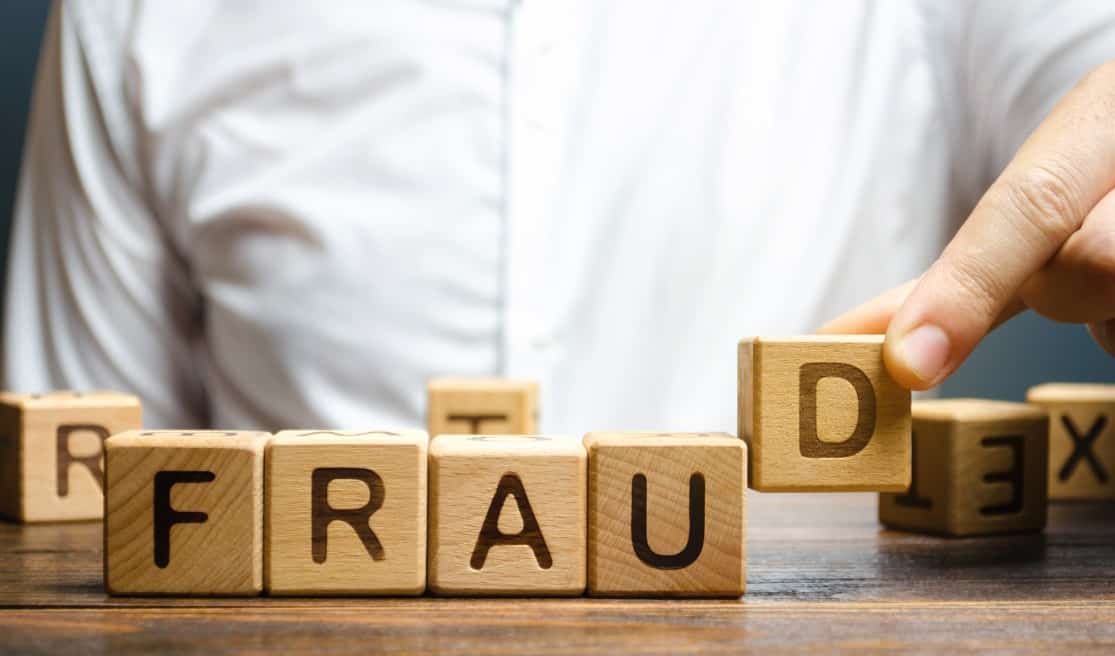


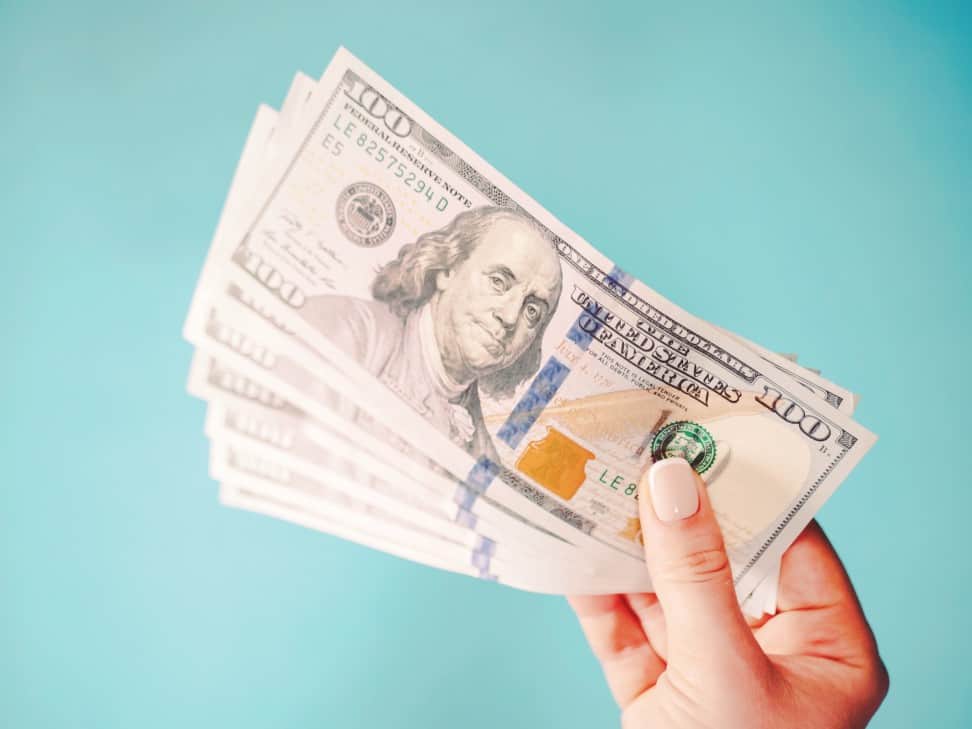


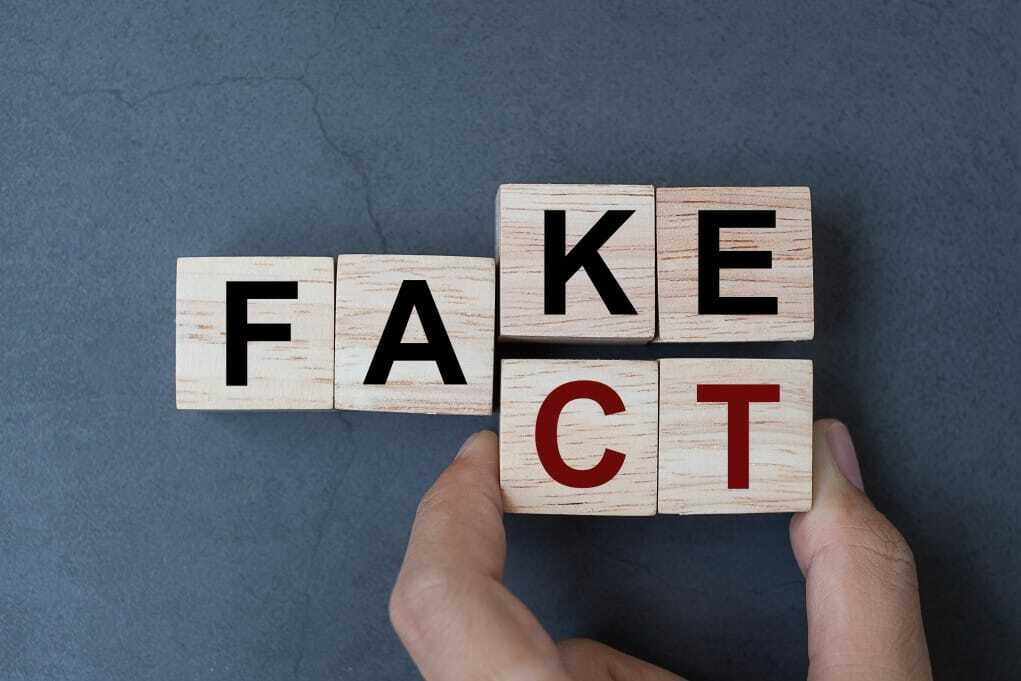






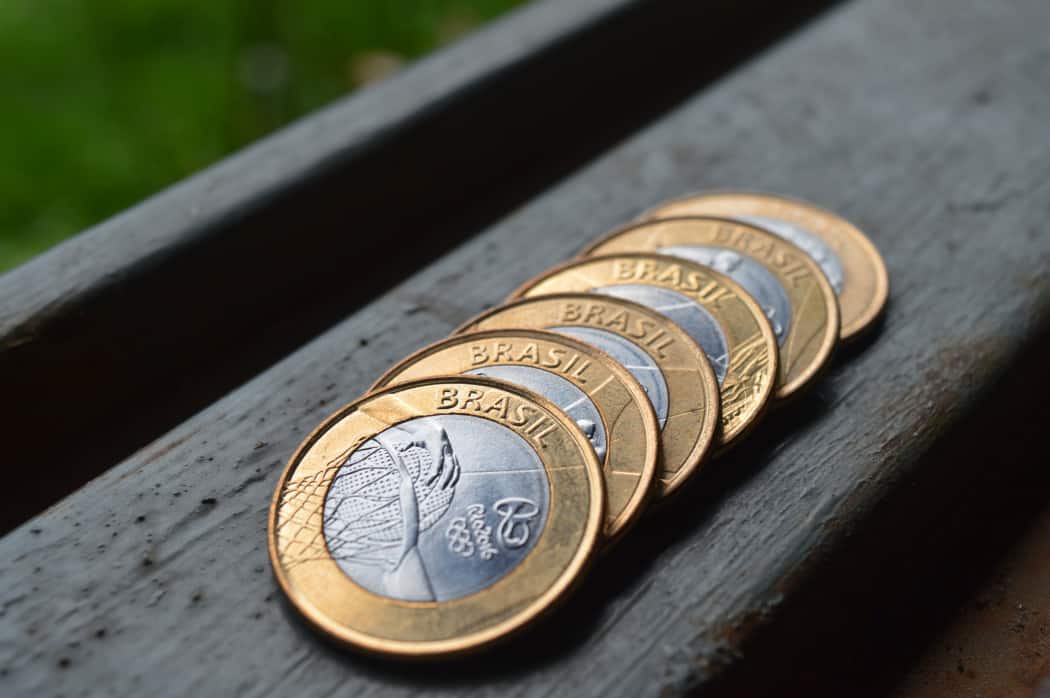

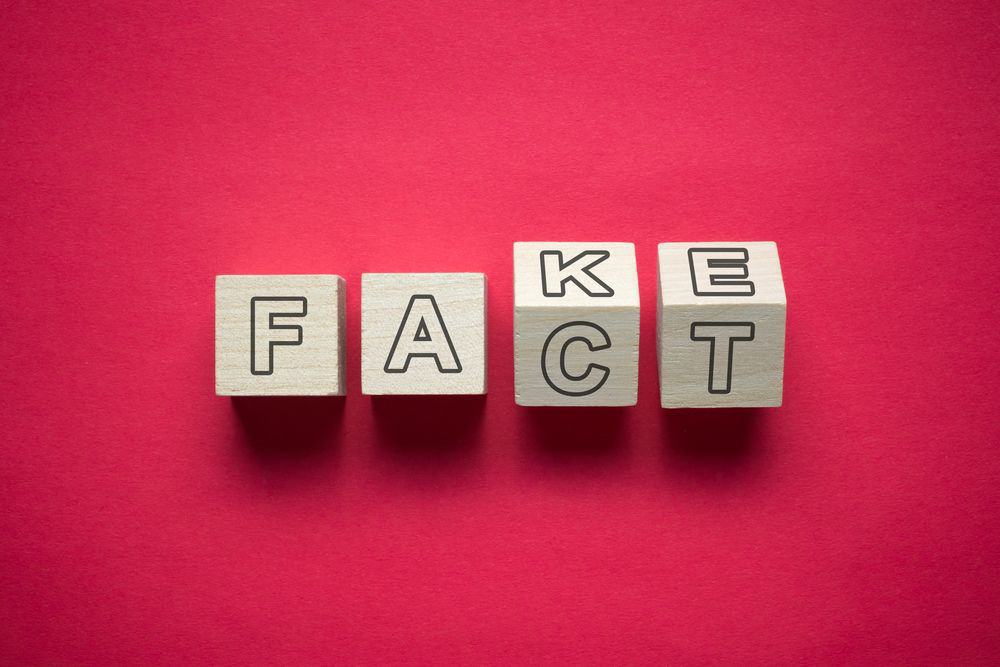
![Best Amazon Review Checkers in [year] 22 Best Amazon Review Checkers in 2025](https://www.gadgetreview.dev/wp-content/uploads/best-amazon-review-checker-image.jpg)
![Best Renters Insurances in [year] 23 Best Renters Insurances in 2025](https://www.gadgetreview.dev/wp-content/uploads/best-renters-insurance-image.jpg)
![Best Computer Repair Kits in [year] 24 Best Computer Repair Kits in 2025](https://www.gadgetreview.dev/wp-content/uploads/best-computer-repair-kit-image.jpg)
![Best Smartphone Repair Kits in [year] 25 Best Smartphone Repair Kits in 2025](https://www.gadgetreview.dev/wp-content/uploads/best-smartphone-repair-kit-image.jpg)
![Best iPhone Repair Kits in [year] 26 Best iPhone Repair Kits in 2025](https://www.gadgetreview.dev/wp-content/uploads/best-iphone-repair-kit-image.jpg)
![Best Windshield Repair Kits in [year] 27 Best Windshield Repair Kits in 2025](https://www.gadgetreview.dev/wp-content/uploads/best-windshield-repair-kit-image.jpg)
![Best Dent Repair Kits in [year] 28 Best Dent Repair Kits in 2025](https://www.gadgetreview.dev/wp-content/uploads/best-dent-repair-kit.jpg)